Overview
Continuous settlement activities at Tissamaharama and distinct horizons provided best conditions for pottery studies. The pottery sequence - first edited in 2001 - is now substantially extended after termination of the field work. The sequence is of trans-regional significance and reaching beyond Sri Lanka, it provides indications for the dating of South Asian potteries so far identified at Arabian ports.
New perceptions were attained on imports from the Roman Empire, Mesopotamia, Northern India, Southeast Asia and China which illustrate participation in the maritime Indian Ocean network of Early Historic period.
According to that, the shipping routes mentioned in the Periplus Maris Erythraei between Red Sea and India had already been established in the 2nd century BCE. From there they went further to Southeast Asia even back then. Mesopotamian glazed wares and early Roman amphorae arrived at Tissamaharama already in Parthian times. For the first time pottery from the Southeast Asian mainland was identified in South Asia. The study of local and imported pottery provides new benchmarks on spatial and chronological formation of early Indian Ocean relations.
Graffiti in Brahmi script has survived on numerous fragments. Linked to the edicts of Mauryan king Asoka, Brahmi was dated not before 270 BCE. At Tissamaharama, however, usage is clearly evidenced at least since early 4th century. This is particular important for South Asia’s history and religious formation.

